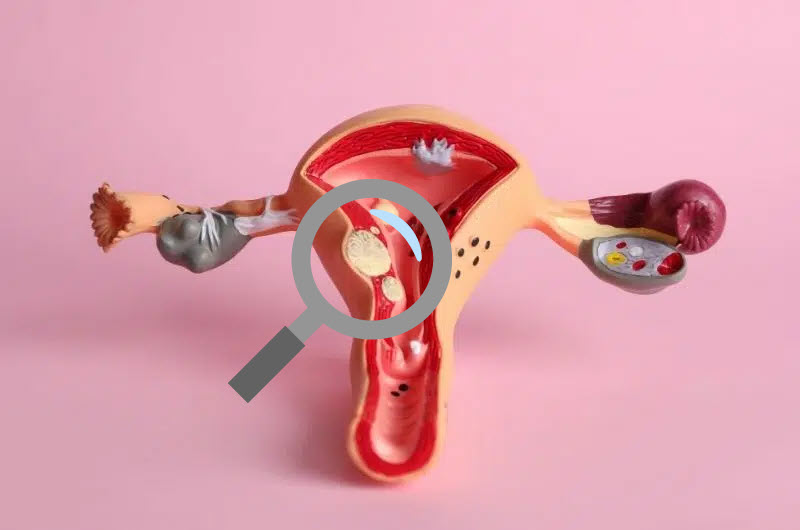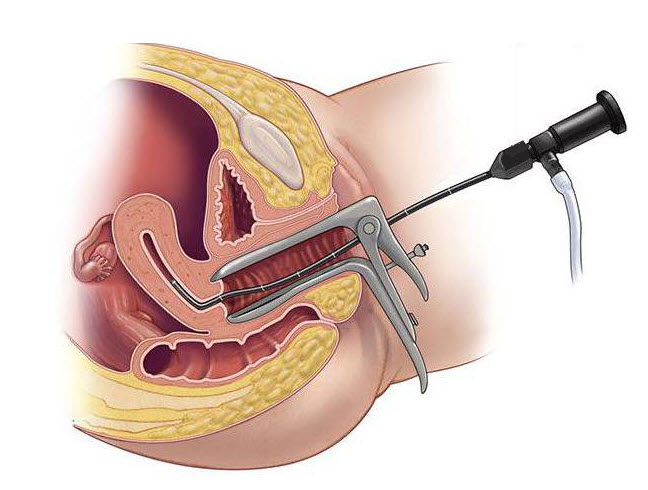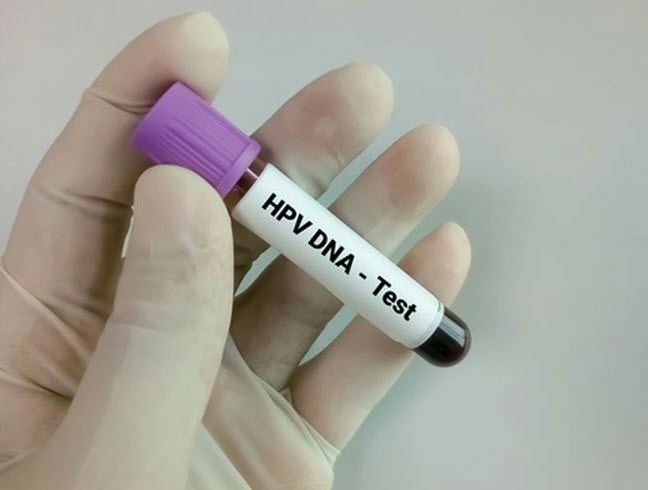Causes of Cervical Cancer
The HPV virus, known as the leading cause of cervical cancer, is primarily transmitted through sexual intercourseual intercourse and is found in both men and women. It is nearly 100% preventable with regular screening and vaccination.
Up to 99% diagnostic accuracy with a 3-step presice examination
In the early stages of cervical cancer, there are almost no symptoms, which is why regular screening is so important. As the cancer progresses, abnormal vaginal bleeding outside of menstruation is the most common symptom; other symptoms may include bleeding after sexual intercourse, foul-smelling discharge, and difficulty urinating.

3-stage cervical cancer screening
Women over the age of 20 with sexual experience need an annual gynecological check-up at least once a year
Check-ups required based on symptoms
| Symptoms | What to look for |
|---|---|
| ▫️ If you have increased vaginal discharge, odor, and itching ▫️ Multiple types of vaginismus suspected |
▪️ Basic gynecological examination ▪️ Inflammation and STD (Sexually Transmitted Diseases) Testing |
| ▫️ If you have bleeding during sexual intercourse ▫️ Viral infections of the cervix, cervical cancer, cervical erosion, cervical polyps ▫️Abnormal blood vessels in the cervix, endometrial polyps, uterine fibroids, or pheromone abnormalities |
▪️ Cervical cancer screening, Pap test, colposcopy, HPV test, ultrasound, STD test ▪️ Basic gynecological exams, women's cancer screening, inflammation and STD screening |
| ▫️ Menstrual irregularities, heavy bleeding, heavy periods, decreased menstrual flow ▫️ If you have spotting outside of your normal period, hormonal imbalances or tumors are suspected. |
▪️ Ultrasounds, hormone tests, pap smears, and ovarian function tests ▪️ Menstrual abnormalities, abnormal bleeding tests |
| ▫️ If you have dyspareunia, ovulation pain, severe menstrual cramps, or lower abdominal pain ▫️ Suspected pelvic inflammatory disease, cystitis, uterine adhesions, endometriosis, ovarian tumor, pelvic tumor |
▪️ Vaginal examination, ultrasound, gender test, simple cold, urinalysis, urine test ▪️ Basic obstetrics and gynecology checkups, screening for unmarried women, inflammation, and STDs |
| ▫️ If you have warts or bumps around your vaginal opening or anus ▫️ Suspected condyloma (gonorrhea) |
▪️ STD testing, cervical cancer screening, pap smears, and ultrasound color tests |
| ▫️ If you want to stay vibrantly healthy through midlife and beyond. | ▪️ Women's cancer screening, well-woman exams, menopause screening |
| ▫️ For simple adult disease and cancer screenings, etc. | ▪️ Molecular Cancer Screening (Blood test with accuracy 99%) |








